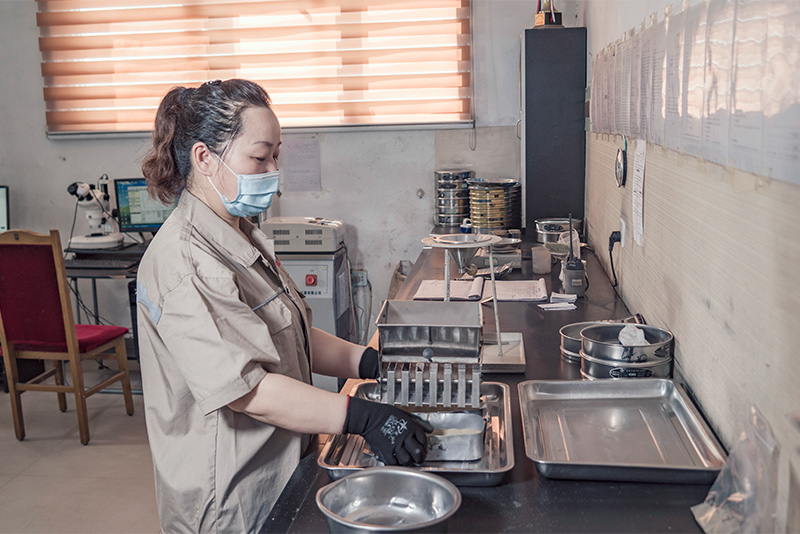
what materials are used in sand casting. Cores are made from a mixture of sand and a binder, and they are inserted into the mold before the molten metal is poured. Cores are essential for creating complex shapes that cannot be achieved with just the mold. 4. Molten metal The metal used in sand casting can vary depending on the desired final product. Common metals used in sand casting include aluminum, iron, steel, brass, and bronze. The metal is heated to its melting point and then poured into the mold cavity, where it fills the space left by the pattern. 5. Sprue and risers In sand casting, a sprue is a channel through which molten metal is poured into the mold cavity. Risers are additional channels that allow for excess metal to flow into to prevent shrinkage or voids in the final casting. Sprues and risers are typically made from the same material as the mold, such as green sand. Overall, sand casting is a versatile and cost-effective method for producing metal castings. By using a combination of sand, patterns, cores, molten metal, and sprues, manufacturers can create a wide range of complex shapes and sizes. The materials used in the sand casting process play a crucial role in the success of the final product and the overall efficiency of the casting operation. Post time:Jul . 11, 2024 02:36
Next:Lost foam casting process enhances efficiency and accuracy in metal casting production.
